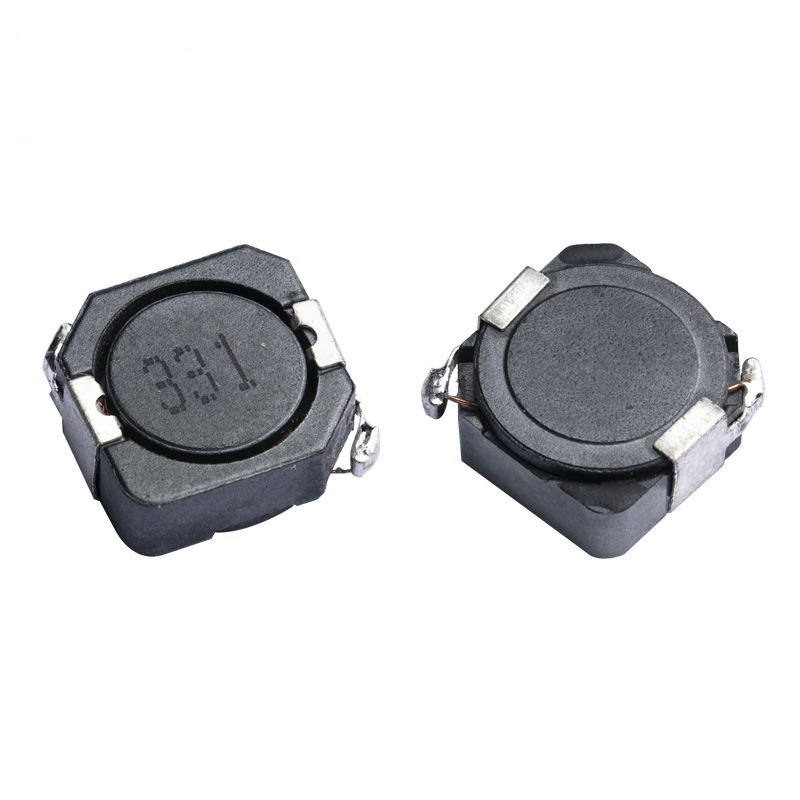
Surface mount inductors, also known as power inductors or high-current inductors, are widely used in modern circuits. They feature compact size, high quality, low loss, high energy storage, and low resistance, while offering strong process consistency, simple manufacturing, and cost-effectiveness. Because of these advantages, SMD inductors have become one of the most common inductor types in today’s electronics. They are widely applied in power filtering, voltage regulation, signal amplification, microprocessor triggering, communications, radio, and automatic control systems. In modern electronic devices, SMD inductors are also extensively used in wireless communications, automotive electronics, household appliances, and many other fields. Shenzhen Kunyo is a reliable and trusted supplier and manufacturer of SMD power inductors.
With advanced expertise in the magnetic components industry, Shenzhen Kunyo has a team of highly experienced and dedicated professionals specializing in the design, development, and production of surface mount inductors. To meet specific application needs, we also provide competitively priced custom SMD inductor solutions. Based on your unique requirements, we can design tailored inductors that perfectly match the demands of your electrical products.
The basic structure of a surface mount inductor consists of a magnetic core, a coil, and insulating materials. Its shape is typically rectangular or square, with sizes ranging from a few millimeters to several centimeters. Because it uses surface-mount technology, it is called a “surface mount inductor.” The coil is usually made of copper foil or copper wire wound around the core and encapsulated using SMT processes, giving the component excellent resistance to high temperature, high voltage, and wear.
Another common term for surface mount inductors is “electromagnetic impedance,” as they operate mainly on the principle of electromagnetic induction. When current flows through the inductor’s coil, it generates a magnetic field in the core. This magnetic field interacts with currents in other parts of the circuit, causing changes in resistance, inductance, capacitance, and other electrical parameters. These variations can then be used for filtering, signal separation, output smoothing, and similar functions.
Surface mount inductors are one of the most widely used and commonly applied types of inductors in modern circuits. Their primary function is to support a variety of electronic applications, including power filtering, voltage regulation, amplification, microprocessor triggering, communications, radio, networking, and automatic control systems.
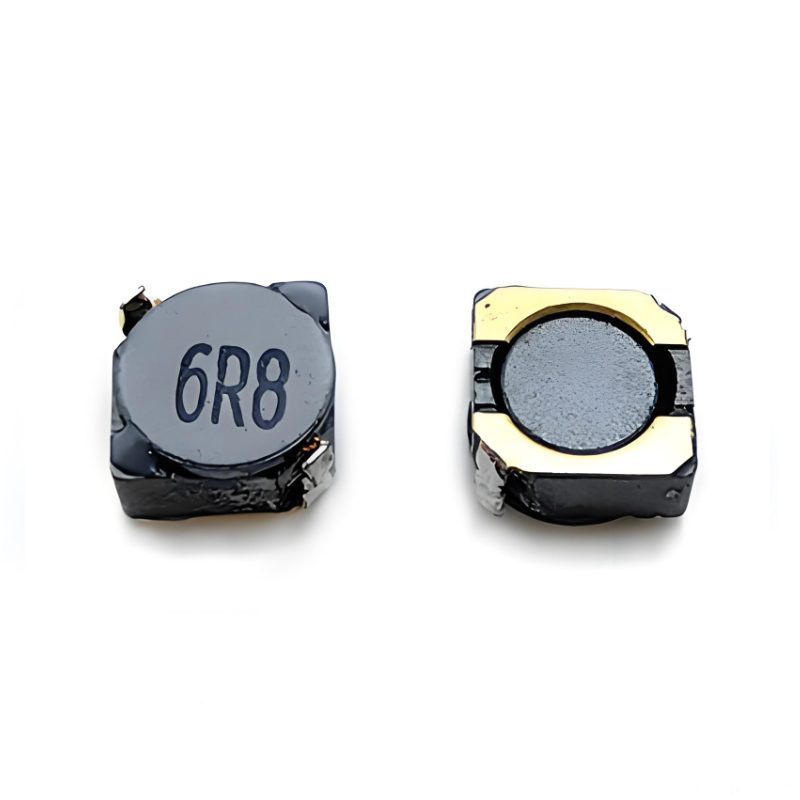
In power supply circuits, surface mount inductors are widely used as essential components of filtering networks. Their primary function is to suppress or eliminate unwanted signals by leveraging the principle of inductive reactance, which increases with frequency. This means that SMD inductors provide strong impedance to high-frequency noise signals while allowing low-frequency or direct current (DC) components to pass through with minimal resistance. As a result, they act as effective barriers against high-frequency interference that can disrupt the stability of sensitive circuits.
In addition, the use of high-quality SMD inductors in power filtering improves the overall performance, efficiency, and longevity of electronic systems. They are particularly critical in modern applications such as communication equipment, automotive electronics, computers, and portable devices, where stable voltage and low noise are essential for reliable operation.
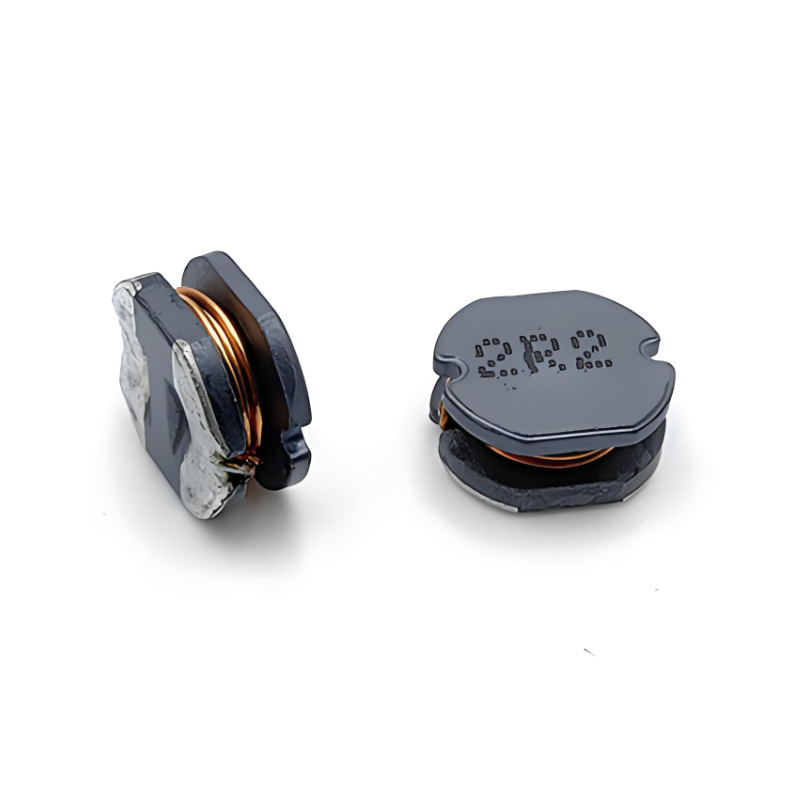
SMD inductors can work together with capacitors to form resonant circuits, which play a critical role in filtering out unwanted noise and stabilizing voltage within electronic systems. When combined with capacitors, the inductor helps create a low-pass or band-pass filter that smooths voltage fluctuations by allowing desired frequency signals to pass while suppressing high-frequency interference. This improves power supply stability and reduces electrical noise that could otherwise affect circuit performance.
In addition, the inductance value of the SMD inductor directly influences its voltage regulation capability. Generally, a higher inductance value provides better energy storage and stronger resistance to sudden current changes, which enhances the circuit’s ability to maintain a steady voltage output. As a result, circuits equipped with higher-value inductors can achieve more reliable regulation, improved efficiency, and greater protection for sensitive components against voltage spikes and fluctuations
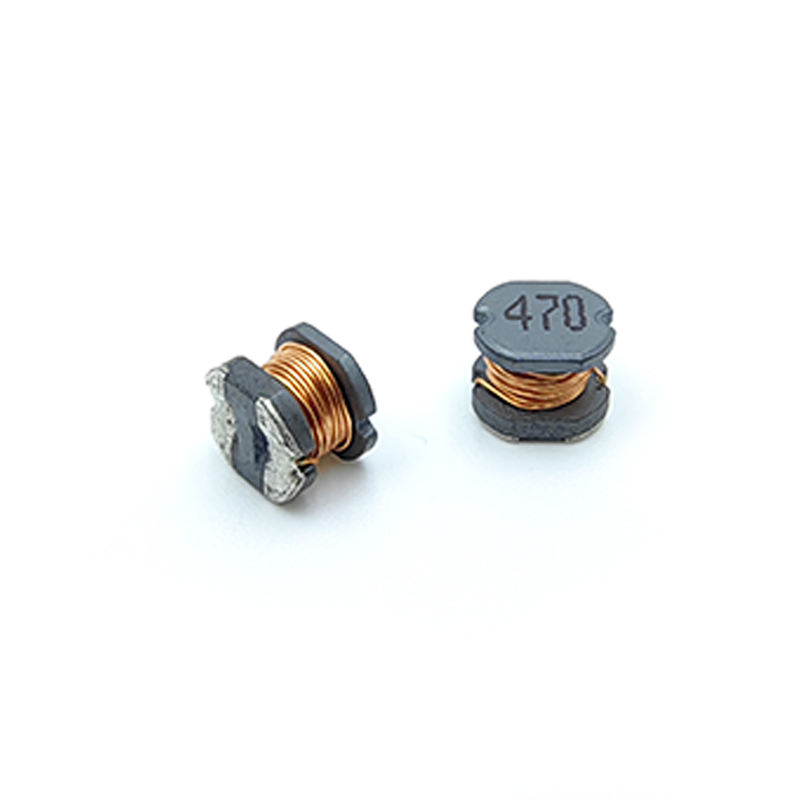
In amplifier circuits, surface mount inductors are often used for coupling, voltage division, and filtering purposes. Their primary role is to stabilize and shape signals during the amplification process. When paired with capacitors, inductors can form tuned LC circuits that allow only specific frequency bands to pass, ensuring that the amplifier boosts the desired signals while attenuating unwanted noise and interference.
By selecting inductors with different inductance values, circuit designers can fine-tune the frequency response of the amplifier, achieve the required gain, and maintain signal integrity. This level of control is essential in applications such as audio amplifiers, radio frequency (RF) amplifiers, and communication devices, where signal clarity and stability are critical. Properly designed SMD inductors help prevent distortion, enhance signal-to-noise ratio, and improve the overall reliability of the amplification system.
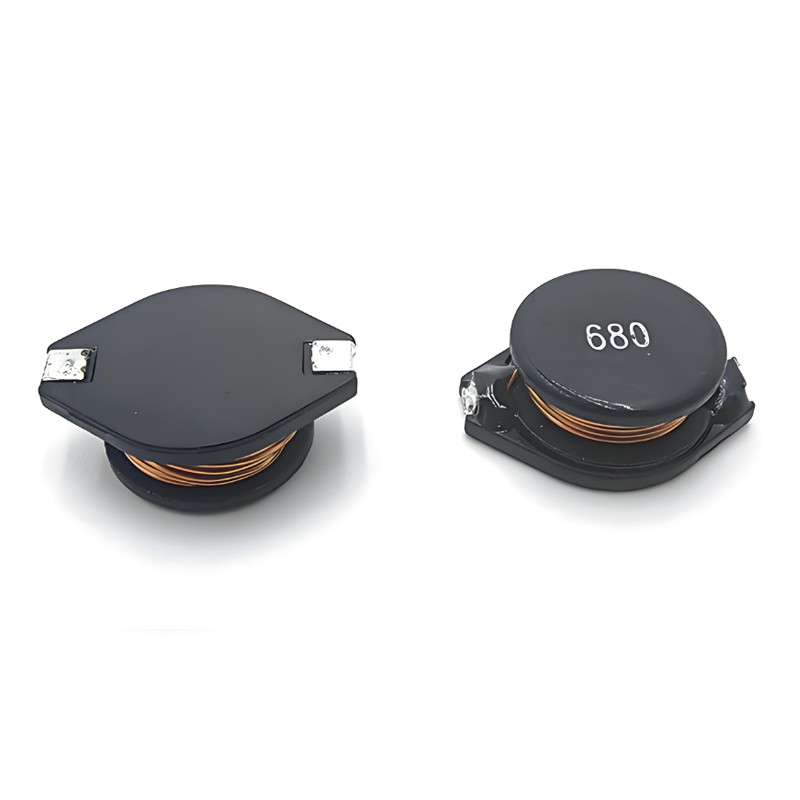
In microprocessor-based circuits, surface mount inductors can function as triggering and protection components. When a specified electrical signal passes through an inductor, it generates a magnetic field that temporarily resists sudden changes in current. This behavior can be utilized to delay signal transitions, allowing inductors to act as timing elements that help synchronize microprocessor operations.
Additionally, SMD inductors provide protective benefits in microprocessor circuits. During signal transitions or voltage spikes, the inductive properties help absorb and smooth out the rapid changes, preventing potential damage to sensitive microprocessor inputs. This makes them highly valuable for applications that require precise control, such as embedded systems, digital controllers, and high-speed computing devices.
By serving both as triggering devices and as safeguards against transient disturbances, SMD inductors enhance the performance, stability, and longevity of microprocessor-driven systems.
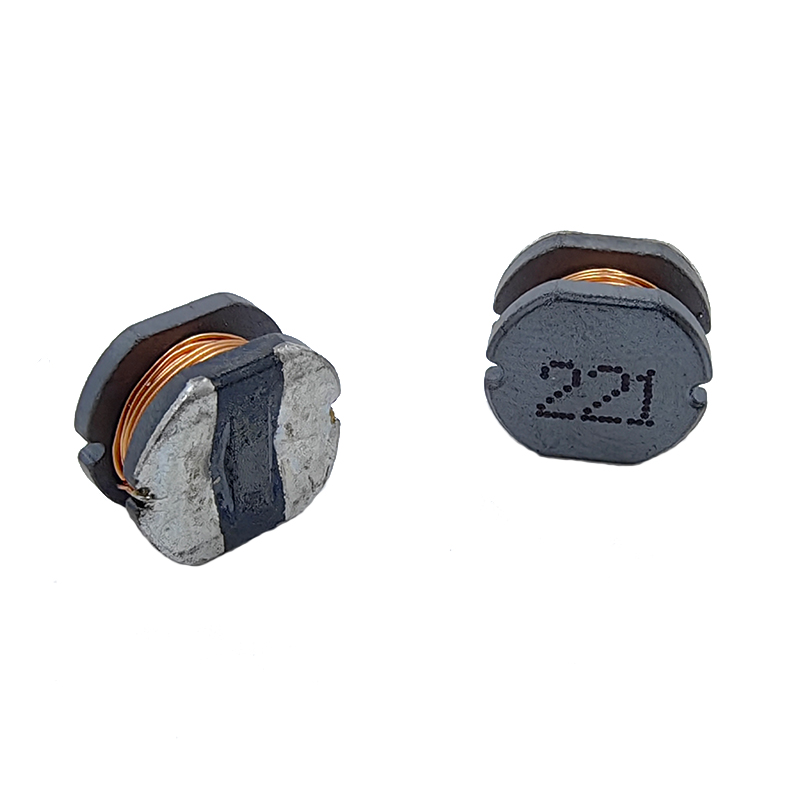
In communication circuits, SMD inductors are indispensable components used in matching devices, filters, transformers, and encoders/decoders. Their primary function is to manage signal integrity, reduce interference, and ensure efficient energy transfer across various stages of the communication system. By working in conjunction with capacitors and resistors, SMD inductors can form tuned circuits that isolate specific frequencies, allowing communication devices to transmit and receive signals with greater accuracy and clarity.
Beyond mobile phones, SMD inductors are also extensively applied in wireless communication systems, base stations, satellite receivers, and networking equipment. Their ability to provide precision coupling and reliable signal transmission makes them essential for supporting high-frequency and high-bandwidth communication applications. With the continuous growth of 5G, IoT, and advanced wireless technologies, the role of SMD inductors in communication circuits will only become more critical.
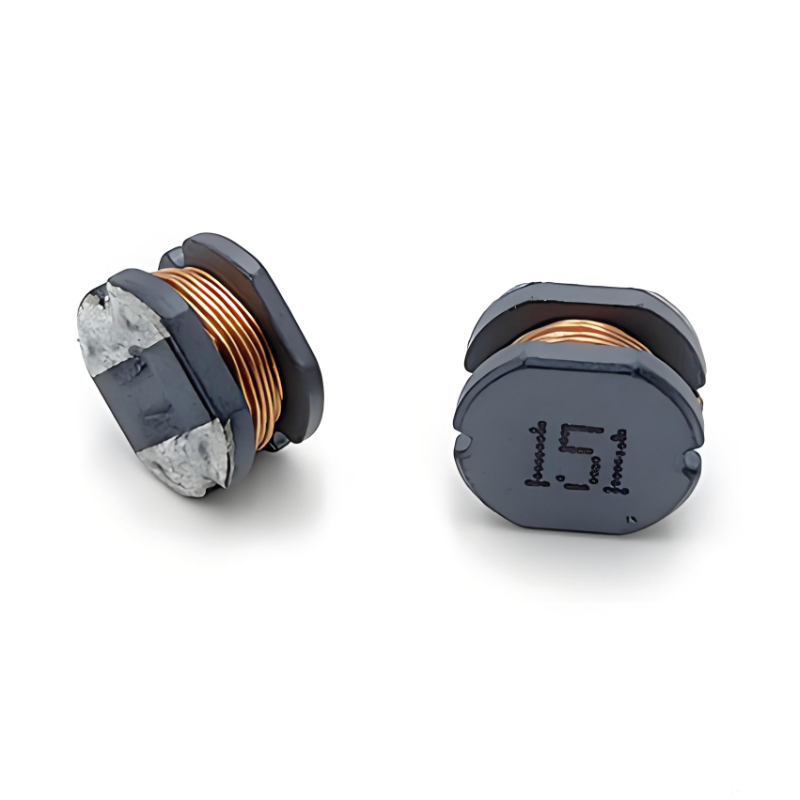
In radio applications, SMD inductors are widely used in circuits such as filters, tuners, and antenna matching networks. Their role is crucial in shaping frequency response, reducing unwanted signals, and improving the sensitivity of radio receivers. By pairing with capacitors, inductors can form resonant circuits that select or reject specific frequency bands, allowing radios to isolate desired signals from a wide range of broadcast frequencies.
In tuner circuits, SMD inductors help adjust and fine-tune the resonance frequency, enabling precise channel selection and stable signal reception. This ensures clear audio quality and minimizes background noise or distortion. In antenna matching applications, inductors are used to balance impedance between the antenna and the radio circuitry, which maximizes power transfer and improves the efficiency of both transmission and reception.
Furthermore, SMD inductors play an important role in minimizing spurious emissions and electromagnetic interference (EMI), both of which can degrade radio performance. By stabilizing frequency response and suppressing unwanted signals, they help radios achieve higher performance, stronger signal clarity, and greater reliability, whether in consumer devices, professional broadcasting systems, or specialized communication equipment.
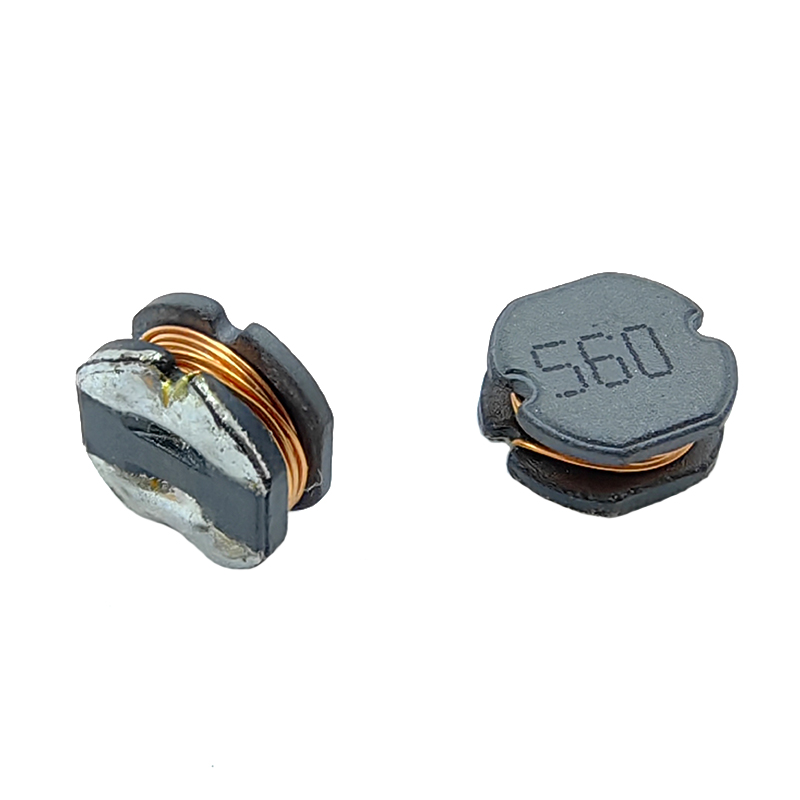
In networking equipment, SMD inductors are indispensable components in power management, signal integrity, and electromagnetic compatibility (EMC) solutions. They are widely used in devices such as routers, switches, servers, and modems, where stable and interference-free performance is critical.
In addition, SMD inductors are used in signal conditioning and impedance matching within high-speed communication interfaces. They help maintain signal clarity and prevent signal degradation across transmission lines, ensuring reliable data exchange over long operating periods.
By improving filtering, enhancing voltage stability, and reducing noise, SMD inductors significantly contribute to the reliability, efficiency, and durability of modern networking systems. This makes them vital for both enterprise-level infrastructure and consumer-grade networking products.
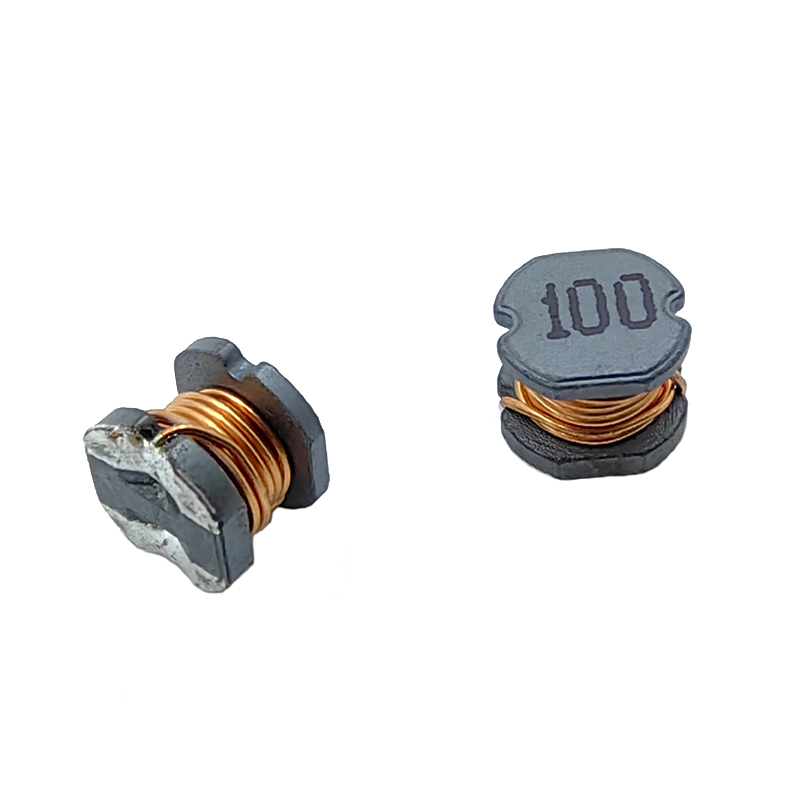
In automatic control systems, SMD inductors serve as versatile components that can function as sensors, drivers, or delay elements, depending on the circuit design. Their ability to store and release energy in response to current changes makes them ideal for timing, filtering, and stabilization tasks within control loops.
Overall, the inclusion of SMD inductors in automatic control systems enhances reliability, precision, and stability. They help prevent unwanted signal fluctuations, reduce electromagnetic interference, and ensure consistent performance across diverse applications such as robotics, industrial automation, home appliances, and smart devices.

SMD Power Inductors:
SMD power inductors are generally divided into shielded and unshielded types, mainly composed of a magnetic core and copper wire. Their key features include a wide inductance range (uH–mH), high operating frequency, high inductance accuracy, low loss (high Q factor), high current capacity, strong process consistency, simple manufacturing, and low cost.
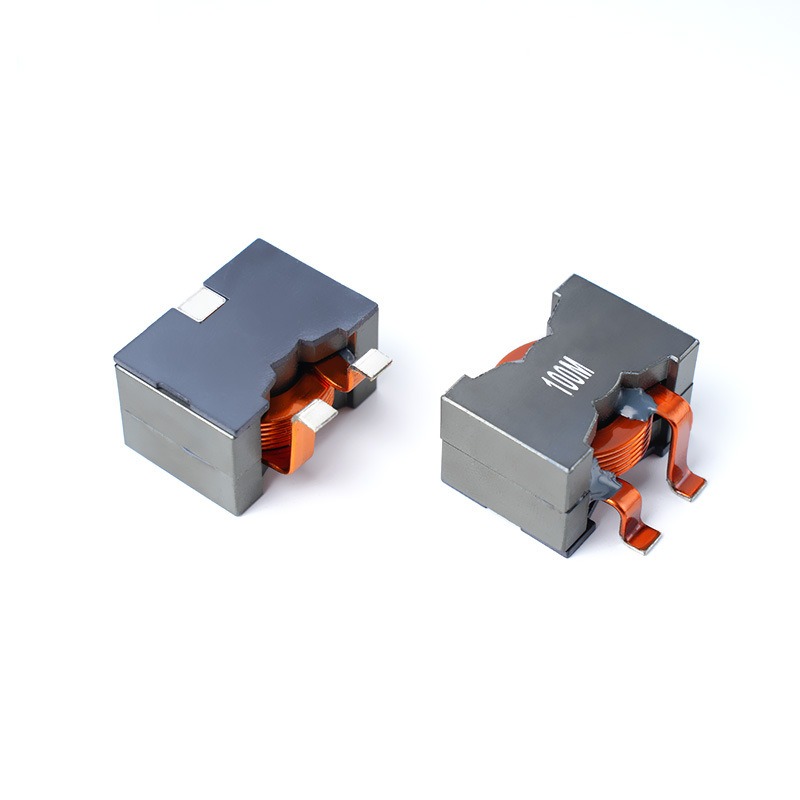
Flat Wire (High-Current) Power Inductors:
these are a type of planar coil inductor consisting of a coil section, terminal leads extending from both ends of the coil, a magnetic seat and cover formed by pressed iron powder. The coil is made of flat wound conductive wire, with its terminal leads bent outward to connect to external circuits. An insulating coating is applied over the coil and terminals, leaving only a portion of the leads exposed for electrical contact. The pre-shaped terminals and coil assembly are fitted into the magnetic seat, ensuring stable performance and reliable connections.
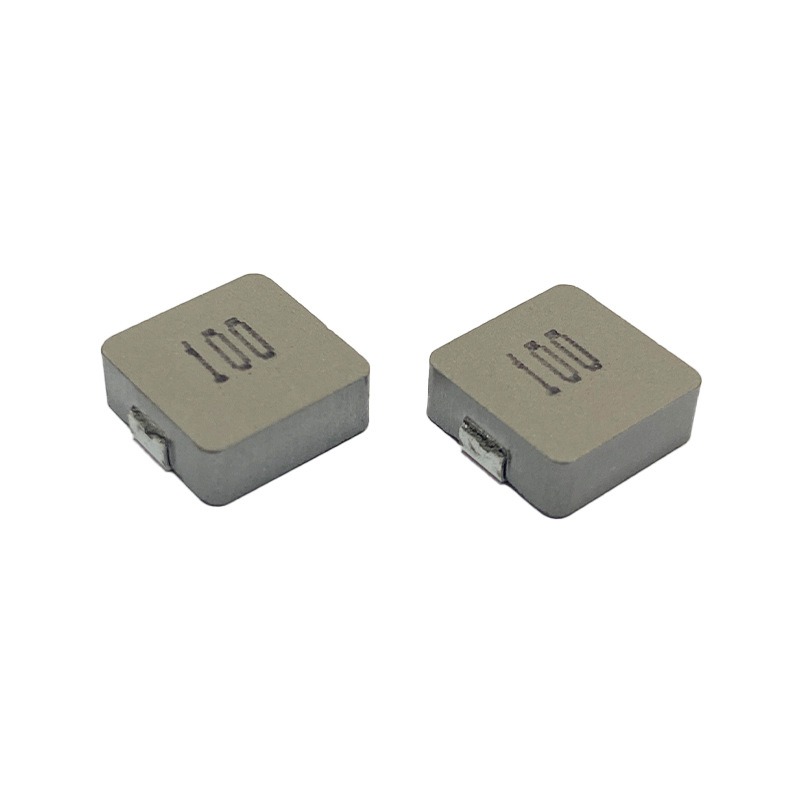
Molded Inductors (Integrated Inductors):
These inductors consist of a base body and a winding coil, with the coil embedded and integrally molded within magnetic powder. The SMD terminals are directly formed from the coil leads on the surface of the base. Compared with traditional inductors, molded inductors offer higher inductance and lower leakage inductance. Their one-piece molded structure reduces noise, while the fully shielded magnetic design provides excellent EMI suppression. They can operate at frequencies up to 5 MHz.
Wireless Communication
As an active electronic component, surface mount inductors are widely used in mobile phones, televisions, communication devices, and other wireless equipment. They play a crucial role in frequency modulation, amplitude modulation, and phase modulation, helping to stabilize wireless signal frequencies and reduce multi-channel interference.
Automotive Electronics
The use of surface mount inductors in automotive electronics is growing rapidly, including applications such as signal modulation and preventing cross-current interference. With the rise of new energy vehicles and increased electronic integration in automobiles, the demand and application of SMD inductors in automotive electronics are expected to expand further.
Home Appliances
Surface mount inductors are also widely used in household appliances such as refrigerators, air conditioners, washing machines, and LED lighting. They primarily help address issues like electromagnetic interference (EMI) and noise filtering. Some SMD inductors also provide circuit protection, effectively preventing damage caused by overcurrent, overvoltage, and other electrical stresses.

Established in 2013, Shenzhen Kunyo Technology is committed to designing and manufacturing custom magnetic components, including high-frequency transformers, low-frequency transformers, audio transformers, power transformers, and inductors.
Contact us right now to get more information, we will have people reply within 12 hours.
You can get a price of this model or send us any question to get any information you would like to know, we will reply to you soonest.